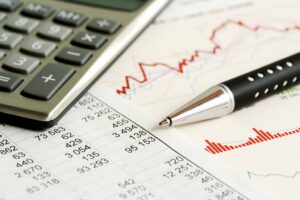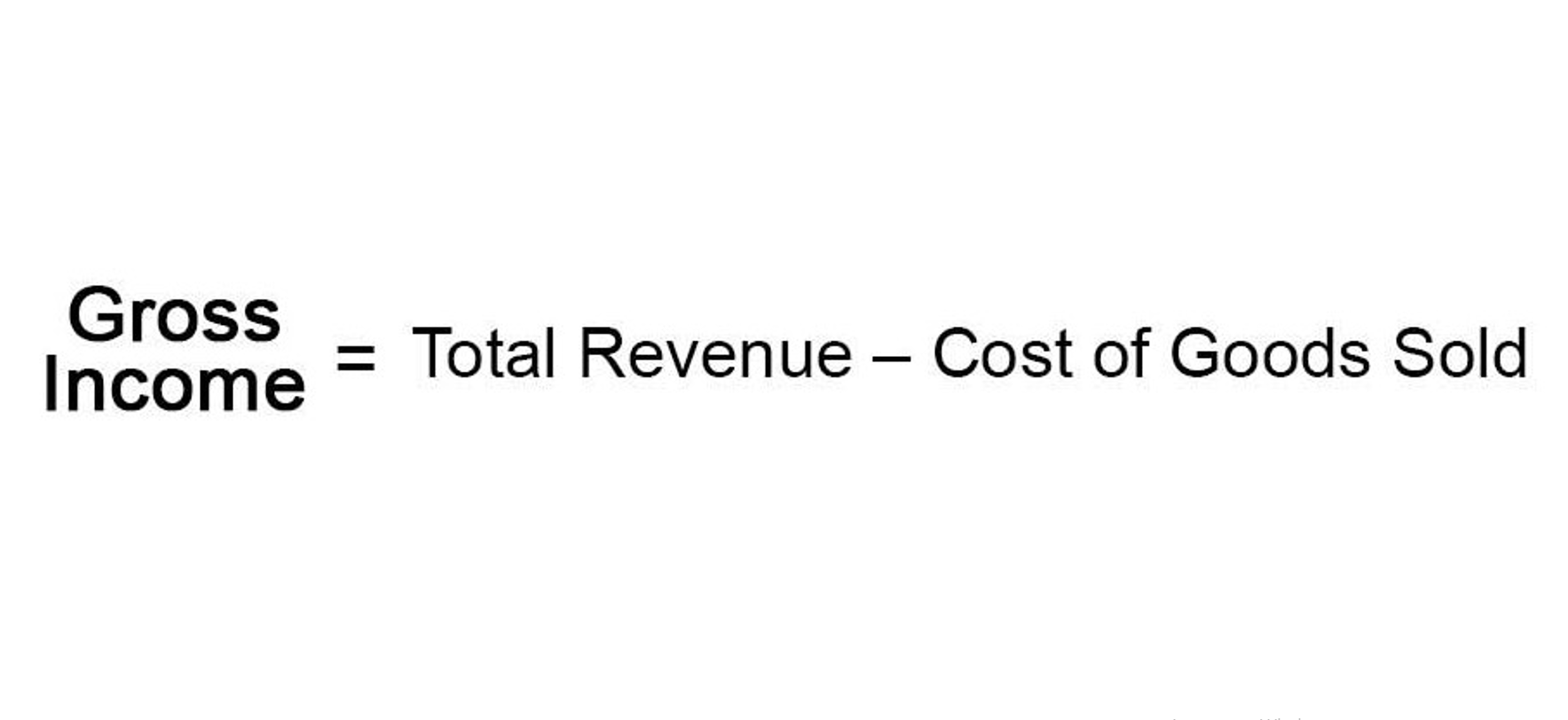
Popular examples of ERP include Systems Analysis and Program Development (more commonly known as SAP), Oracle ERP, Statii, Sage Intact, Odoo, and Microsoft Dynamics 365. Businesses should also consider the software provider’s roadmap for emerging technologies like IoT and blockchain. This put ERP within reach of smaller companies, in turn spurring growth and profitability.
- Some ERP vendors, including Acumatica, NetSuite and Sage Intacct, specialize in the needs of SMBs, offering relatively affordable and simple ERP for common financial, order management and HR functions.
- These systems are typically configured by systems integrators, who bring unique knowledge on process, equipment, and vendor solutions.
- There are many different ERP systems available today that range greatly depending on the size, function, and needs of an organization.
- Now, this software can be configured and priced to meet the needs of all-size businesses.
Implementation

An on-premises ERP system is run on-location on a company’s servers, while cloud-based ERP operates on a third-party, remote server. Hybrid ERP is a mix of both, often with an on-premises ERP at headquarters and cloud-based ERP systems at subsidiaries. ERP also ensures that these data fields and attributes roll up to the correct account in the company’s general ledger so that all costs are properly tracked and represented. For these types of financial reports, a narrative reporting tool is used.
Solutions
- ERP systems are designed around a single, defined data structure (schema) that typically has a common database.
- For example, say a local food distribution chain has multiple locations that often share stock and personnel.
- Cloud ERP systems typically have a subscription-based pricing model, and updates/maintenance are managed by the ERP provider (not the company itself).
- The second is to buy all the modules you need from the ERP vendor and avoid integrations since the applications are already designed to work together.
- Some market researchers include Sage Intacct and Workday — a fast-growing maker of SaaS HR and financial software — among the market share leaders, but neither vendor has quite the breadth of products as the top four.
Organizations have always struggled to balance traditional ERP’s high costs and complexity against the need for customized features and flexibility, all while meeting the demands of the business. Watch and learn how Oracle ERP Cloud delivers connected teams, unified data, and definition erp real-time insights to help you and your finance team ensure that the best business decisions are made. With ERP delivered as a service in the cloud, your organization can be future-ready and outpace change. Finding cloud applications that complement your legacy ERP software modules lets you immediately take advantage of rapidly advancing new technologies and improving user paradigms.
Enterprise Resource Planning (ERP): Meaning, Components, and Examples
From paper cards to mobile devicesThe history of ERP goes back more than 100 years. In 1913, engineer Ford Whitman Harris developed what became known as the economic order quantity (EOQ) model, a paper-based manufacturing system for production scheduling. Toolmaker Black and Decker changed the game in 1964 when it became the first company to adopt a material requirements planning (MRP) solution that combined EOQ concepts with a mainframe computer. Security is also less of a concern since most IT decision-makers have come to realize that something like a Microsoft Azure data center https://www.bookstime.com/articles/purchase-discounts is orders of magnitudes more secure than their own on-premises server room.

Benefits of ERP Systems

Cloud ERP software emerged in the early 2000s, and today, machine learning and other supplemental technologies are helping companies run even more efficiently to measure up against the competition. Cloud-based ERP applications are often embedded with next-generation technologies, such as the internet of things (IoT), blockchain, AI, machine learning, and digital assistants. Although the term “financials” is often used when describing ERP software, financials and ERP are not https://www.instagram.com/bookstime_inc the same thing.
A unified ERP system not only prevents problems but can also encourage adoption by flattening the learning curve. Third, if a connector exists, does it operate in real time and keep all necessary data flowing to and from each system? Some connectors operate in real time, others sync up systems on a daily or weekly basis. Some move only a limited set of data between systems, and some work in only one direction — say, from an inventory management system into the ERP. If your team has done extensive custom configurations, some data types might not be known to the connector.
